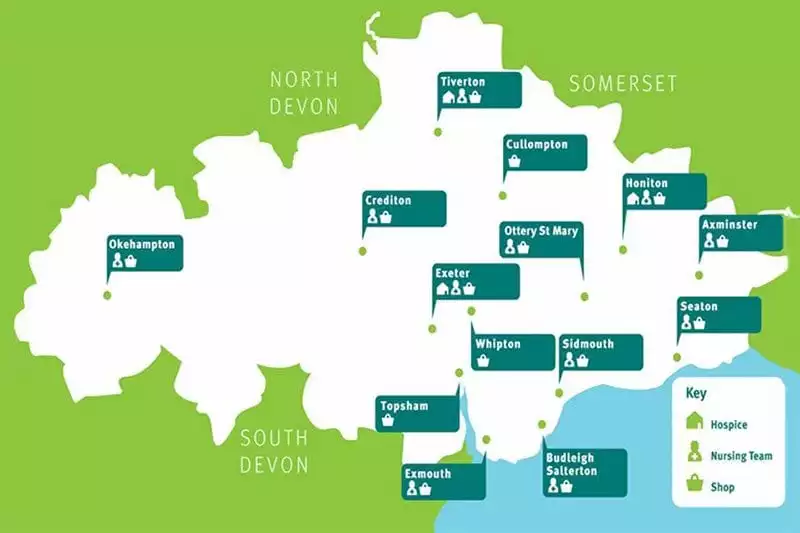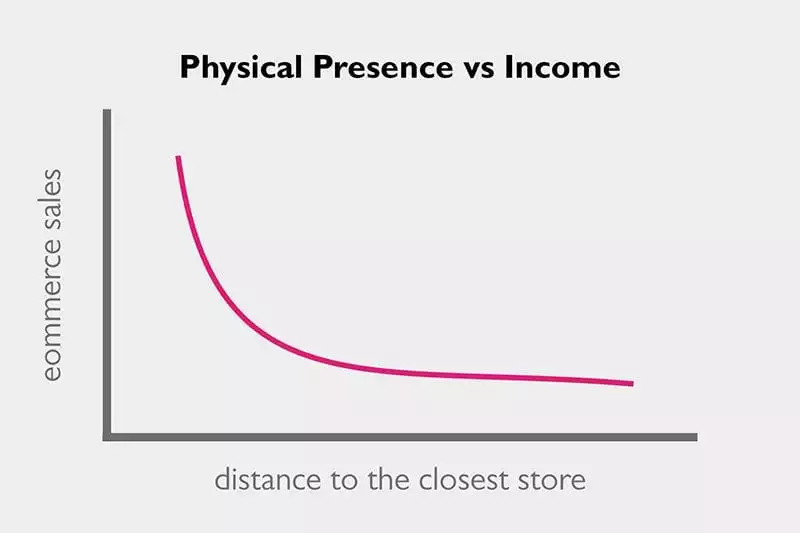Are you sweating your charity’s assets?
Are you making the most of your charity’s tangible and intangible assets? This is a question that Exeter-based hospice Hospiscare recently considered in terms of their retail operation.
Working with market analysis company, CACI, Hospiscare explored the demographics and location of service users, online customers, Gift Aid donors and house clearance customers. Shop locations and shop profitability were also evaluated to show which type of shop and shop locations work best and identify future income opportunities. The findings were presented at the Hospice UK Retail Conference 2017 – Hospice Retail: Reinvention or Revolution earlier this year.
Some of the key findings were:
Advertisement
- Online customers living within an hour of the hospice spent significantly more
- House clearance customers were linked to service users. This suggested that customers had personal connections with hospice patients and that house clearance was being used as an end of life service
- Gift Aid donors generally came from more affluent areas
- There were opportunities to maximise shop profits in terms of shop location and shop type
This work was carried out as part of a strategic review and future proofing exercise, with the aim of increasing the profitability of the retail business. It was the first time this sort of data analysis had been done by Hospiscare and the findings provided evidence to challenge assumptions and back up future plans. The results presented some objective evidence for the case for change which was helpful for the retail team, senior managers and board of trustees.
With the changes to General Data Protection Regular (GDPR) comes a nervousness about using data, but used appropriately it can have huge benefits. To carry out this work CACI and Hospiscare had a robust data sharing agreement in place and no personally identifiable information was transferred.
Despite the restraints, the findings have helped to shape the business plan and set out some new ways of working.
Having a physical presence helps increase income
CACI first saw that there was a correlation between having a physical presence and income generation when working with traditional retailers. They saw that ecommerce sales were impacted by where retail chains had high street shops.
This correlation is a result of the “shop window effect” whereby more exposure and increased brand awareness in the real-world makes people more likely to shop online. The graph below demonstrates the relationship. The x axes looks at distance to the closest store and the y axes looks at ecommerce sales.
When exploring the relationship between Hospiscare shops and ecommerce sales, CACI found that people living within an hour of the hospice catchment area spent five times more per head then customers coming from further afield. This was despite customers being very well distributed across the UK and sales coming from as far away as the Edinburgh and Suffolk!
CACI have seen higher levels of donations and engagement found in closer proximity to charity estates. Due to the community nature of many charities and hospices this is regularly more pronounced than that found in the private sector. This trend has exciting applications for maximising income generation from charities without targeting prospective supporters at an individual level.

The changes to GDPR mean that physical touch points for charities have become much more significant and these opportunities for income generation should be maximised through responsible community-centric fundraising.
So what should charities be considering for in their future income strategies?
When conducting supporter analysis for UK charities CACI regularly find that the people supporting charities can be demographically very similar, or reside in very close proximity, to the people in receipt of the charities services. When considering how best to engage with and acquire donors, charities should look at their physical assets and the areas they provide services to understand the impact on brand awareness for supporters and how this translates into income generation through fundraising.
Supporter and location analysis means fundraising can be directed to the areas where charities are likely to generate the best return on investment. When considering changing service delivery or the locations they provide services, including the opening or closing of charity shops, charities can understand how these changes will impact on wider income generation for the charity and take this into consideration.
An excellent example of this is a client whose charity shops receive in excess of 200 enquires a week for the charities services off the back of an ambitious store expansion program! When investing in physical locations charities are able to quantify the true value of expanding their network and the implications for the wider charity, or the charity “shop window” effect.
3 tips to make the most of your charity’s assets
1. Where there are buildings and services there is a likelihood of more support and opportunities to raise income due to people having greater awareness of the charity. Consider if your fundraising is focused around your tangible assets.
2. Consider if you could use your shops or other buildings to create opportunities to engage customers or service users in either the charities work or the opportunity to give.
3. Look into how you could be using data analysis to inform your future plans and strategy.
Highlights from Hospice UK’s retail conference are available on Storify. [This link is no longer available now that Storify has closed].
Kate Few-Singh, Director of Income Generation, Hospiscare; and Arabella Dalloz, Consultant, CACI







